British Army
The British Army is a diverse organization with long standing traditions and global commitments. One of the key components is the ‘British Army on the Rhine’ BAOR, which commanded all British troops on continental Europe and took on the responsibilities of NORTHAG HQ in wartime (Northern Army Group). More detail can be found at this link. In all likelihood at least one French Corps would come under command NORTAG as well.
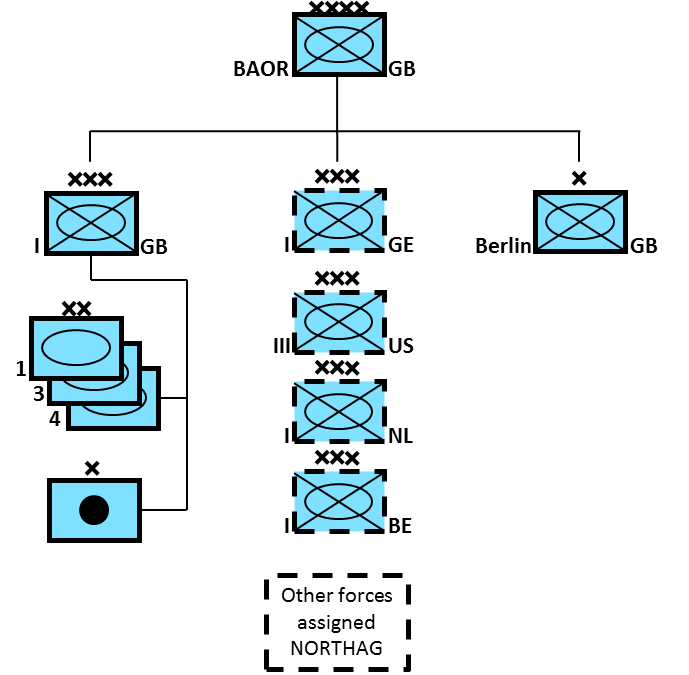
In addition to the BAOR the British Army had significant forces stationed at home. Some were tasked with reinforcing BAOR while others had Home Defence tasks or responsibility for security in Northern Ireland. Upon mobilization it was expected that units moving to Germany would arrive and be ready for combat within 72 hours, this was tested on several major exercises and was well planned and rehearsed. The ‘TA’ (Territorial Army) elements are the equivalent of National Guard, Militia or Reserve forces in other nations. Reinforcement to Germany included 30 Engineer Bde to provide general support engineering to NORTHAG, 1st Infantry Bde reinforced HQ Schleswig-Holstein in northern Germany and 5th Airborne Bde which became a general reserve unit for tasking by SHAPE. If the AMF(L) (ACE[Allied Command Europe] Mobile Force –Land) deployed to Norway the British Battle Group would accompany it, if not this unit would reinforce BAOR. Home defence units, in addition to security elements, would form a recruiting and training base for replacements into BAOR.
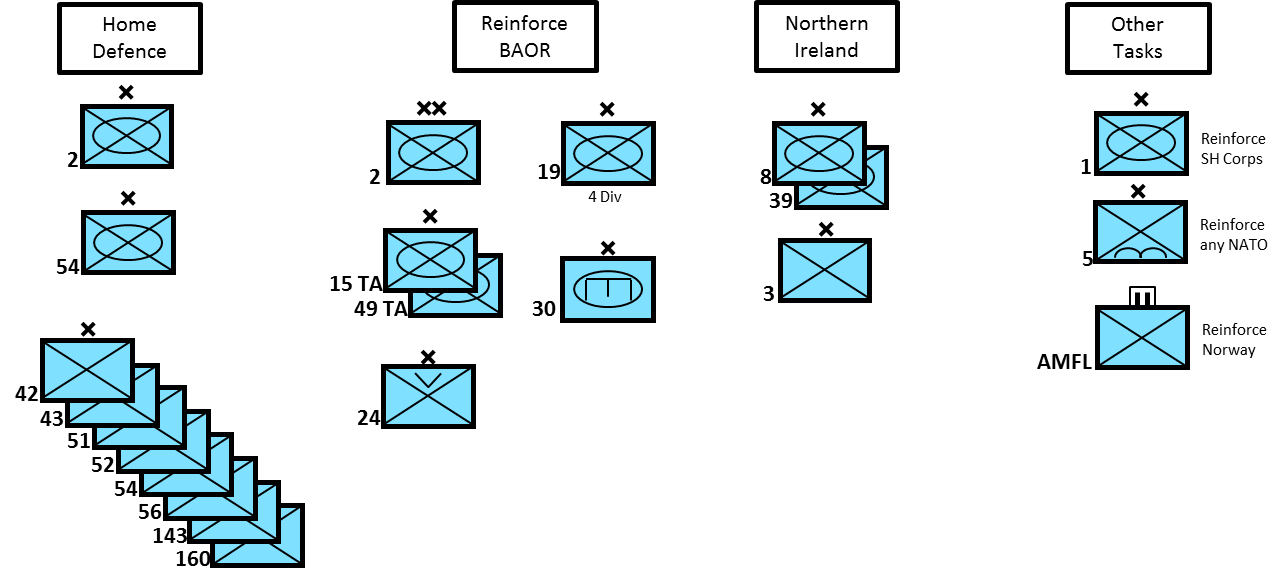
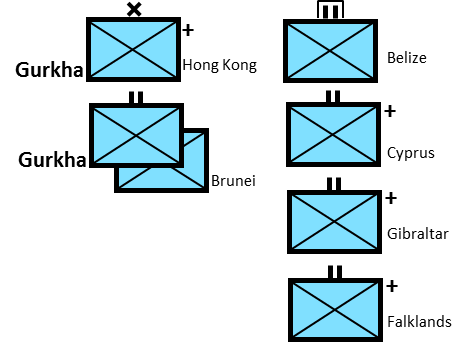 Another
key role for the British Army is maintenance of overseas garrisons. Each
one is unique and has evolved into its current form through diplomatic
commitments, changes to the local threat and availability of forces. The
Falklands garrison was only a 45 man Royal Marine platoon when Argentina
invaded; the reinforced Battalion Group currently residing there is much
more of a deterrent. Exercises are a key factor in these overseas
deployments and units tasked to deploy on a rotation, do so with the
intent of achieving meaningful training objectives while stationed
abroad. To facilitate this there are established housekeeping units in
each garrison as well as Kenya and Canada where units deploy
specifically for training opportunities.
Another
key role for the British Army is maintenance of overseas garrisons. Each
one is unique and has evolved into its current form through diplomatic
commitments, changes to the local threat and availability of forces. The
Falklands garrison was only a 45 man Royal Marine platoon when Argentina
invaded; the reinforced Battalion Group currently residing there is much
more of a deterrent. Exercises are a key factor in these overseas
deployments and units tasked to deploy on a rotation, do so with the
intent of achieving meaningful training objectives while stationed
abroad. To facilitate this there are established housekeeping units in
each garrison as well as Kenya and Canada where units deploy
specifically for training opportunities.
Finally elements that are not strictly within the Army but which occupy the land environment and therefore share some training and equipment similarities with the Army are shown below. The RAF Regt is primarily dedicated to airfield and nuclear storage site security. The Royal Marine Commando Bde is a unit of the Royal Navy (RN) and able to deploy globally, and routinely trains with an attached Dutch Battalion for deployment to Norway. The SAS (Special Air Service), along with the SBS (Special Boat Service) controlled by the RN, are the UK’s globally deployable Special Forces element.
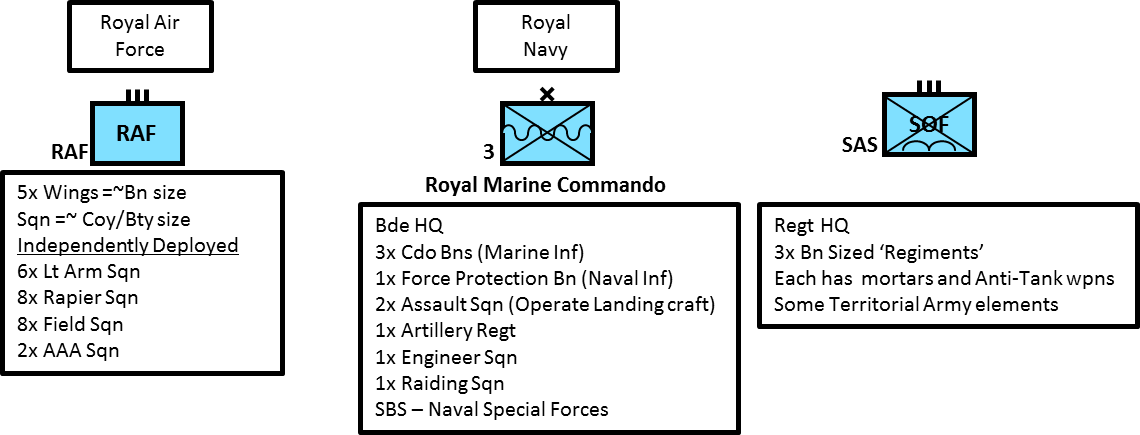
Main Battle Tank (MBT)
Historically this tank was not integrated into the British Army until 1998, but the first tanks were produced in 1994, three years after being ordered, followed by a further three years of trials and testing. Northern Fury has the first 70 already produced, enough to equip one Tank Regt (Bn) in BAOR. The Challenger 2 marks a significant improvement in MBT capability for the British Army, it has a 120mm rifled gun as opposed to the smooth bore on the Leopard 2, AMX Leclerc or Abrams M1A1 or A2 Abrams, allowing the use of HESH (High Explosive Squash Head) ammunition for supporting infantry and ‘bunker busting’. As far as protection, the Challenger 2 with its improved Chobham armour is, in 1994, probably the most heavily protected tank in the world, others tanks with add on armor improvements, would soon catch up.
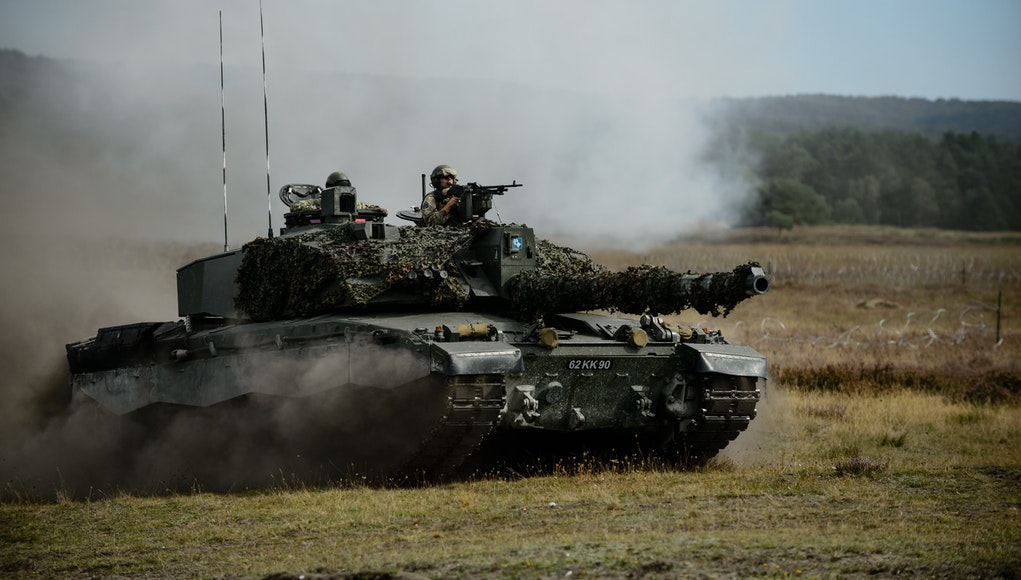
The British Army operated 420 versions of this tank which also had a 120mm gun, the original form of Chobham armour and reasonable mobility. Its direct competitors for this generation of tank – the Leopard 1 and Abrams M1A1, were faster, and more agile – but less protected and only had a 105mm gun.
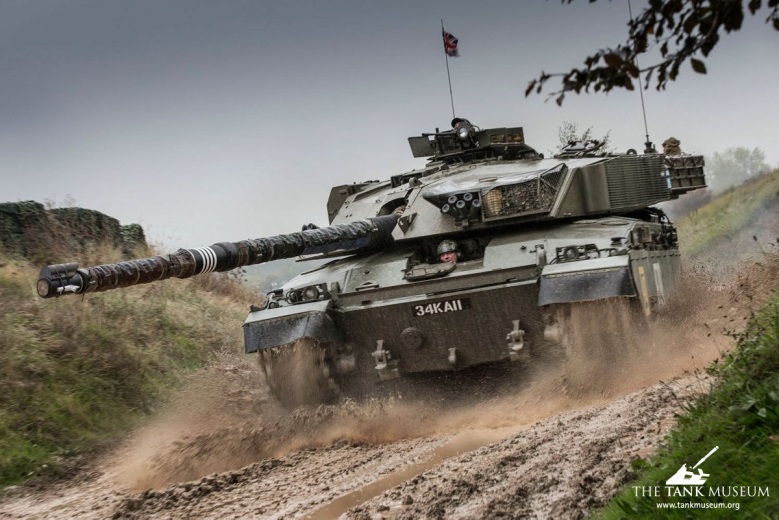
Although old, this 1960’s era tank was cutting edge when produced and was regularly upgraded. It carried the same 120mm rifled gun as the Challengers but its armour was of welded steel construction and therefore much less capable than the composite armour of its successors. 870 Chieftains, plus a large number of bridge-layers, recovery vehicles and engineering vehicles were still in service in 1994. Over 400 were in storage and available for use, as were 570 of the older Centurion tanks.
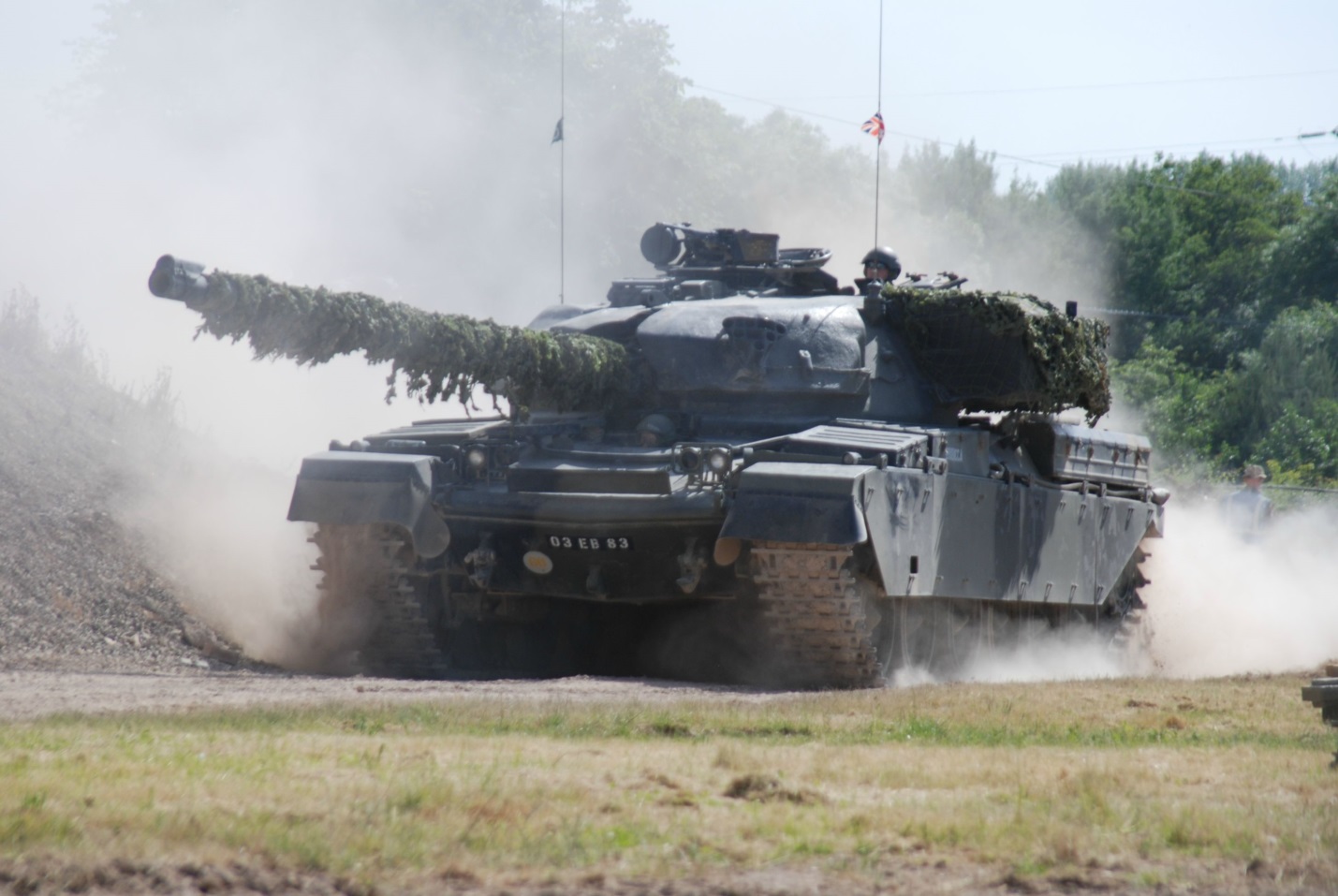
Infantry Fighting Vehicles (IFV)/Armoured Personnel Carriers (APC)
Initially delivered in 1988, the full order of 1053 was filled in the Northern Fury world (vice the historic reduction to 789) with the last examples coming off the assembly line in the spring of 1994. Representing a quantum leap in capability over the FV-432 series of APC, the Warrior added a 30mm cannon to the firepower of an infantry section, and significantly improved protection and mobility as well. Several command, observation and repair vehicles were also produced.
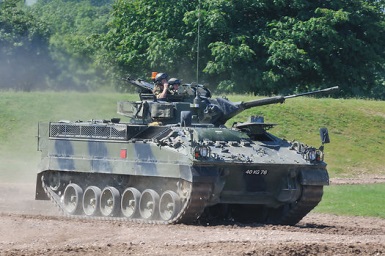
The FV-432 is the British answer to the American M113 APC, the basic version can carry 10 soldiers in addition to the 2-man crew. Built in several variants this is a versatile and adaptable vehicle but generally underpowered. Early production examples, the Mk1 was produced with a gasoline (petrol) engine, most of these have since been replaced by a two stroke multi-fuel engine; still underpowered but more sustainable within the NATO supply system. Over 2400 are in service throughout the British Army.
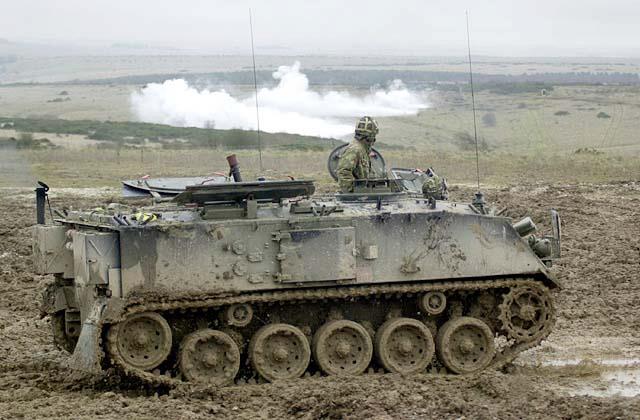
CVR-T: Combat Vehicle Reconnaissance (Tracked)
This is a prolific family of vehicles conducting all manner of tasks within the British Army. The seven main variants are in use in 1994:
FV101 Scorpion: Reconnaissance vehicle with 76mm gun, ~1500 in use including 184 with the RAF Regt;
FV102 Striker: Anti-Tank variant with a Swingfire missile system, 89 in use;
FV103 Spartan: APC with a 3-man crew and 4 passengers, 691 in use;
FV104 Samaritan: Ambulance variant, 50 in use;
FV105 Sultan: Command and control vehicle, 291 in use;
FV106 Samson: Armoured Recovery Vehicle (ARV), 136 in use;
FV107 Scimitar: Reconnaissance vehicle with a 30mm cannon, 334 in service;

Essentially an armoured 4-wheel drive truck, this ‘battle taxi’ is able to deliver a section of troops in relative protection but with limited off road mobility. 527 of them are in service.
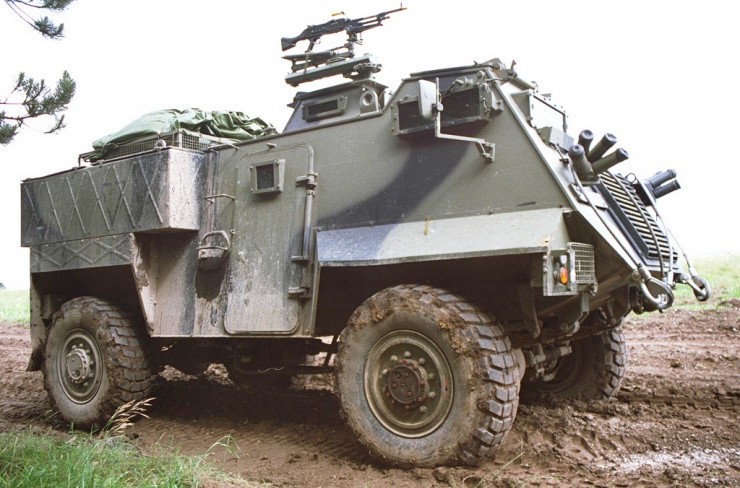
Another ‘battle taxi’, this 6-wheeled APC introduced in the mid 50’s had several variants. Only about 300 of them are left in service in 1994.

Artillery
The Royal Artillery fielded some 42 units in the British Army including air defence. The M109’s were historically sold to Austria in late 1994 however that deal was not offered in this storyline. Instead Close Support Regiments in maneuver brigades were equipped to war strength of 24 guns 155mm guns each (AS-90 or M-109), except for two units of 105mm Abbots in that role. The remainder of the Abbots were put in reserve. The Light Guns support of the light role brigades, the Pack howitzers support the Airborne elements, and the remainder are for General Support to Divisions and 1 BR Corps. The MLRS arrived for service in 1992.
200x Abbot 105mm Self Propelled (SP) Howitzers (in reserve);
212x 105mm Towed Light Guns (Howitzers)
51x M-56 Pack Howitzers
145x M109A2 155mm SP Howitzers (not sold to Austria in 1994);
179x AS-90 155mm SP Howitzers (all delivered by spring 1994);
72x FH-70 155mm Towed Howitzers
37x M107 175mm SP Howitzers;
16x M110 203mm SP Howitzers;
24x MLRS systems
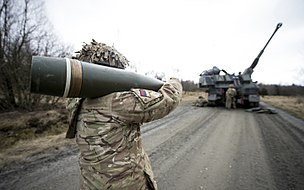
Air Defence
Also operated by the Royal Artillery (RA) with the exception of the Rapier SAMs operated by the RAF Regt
50x Rapier SP
72x Rapier Towed operated by the RA
72x Rapier Towed operated by the RAF Regt
Blowpipe and Javelin MANPADS